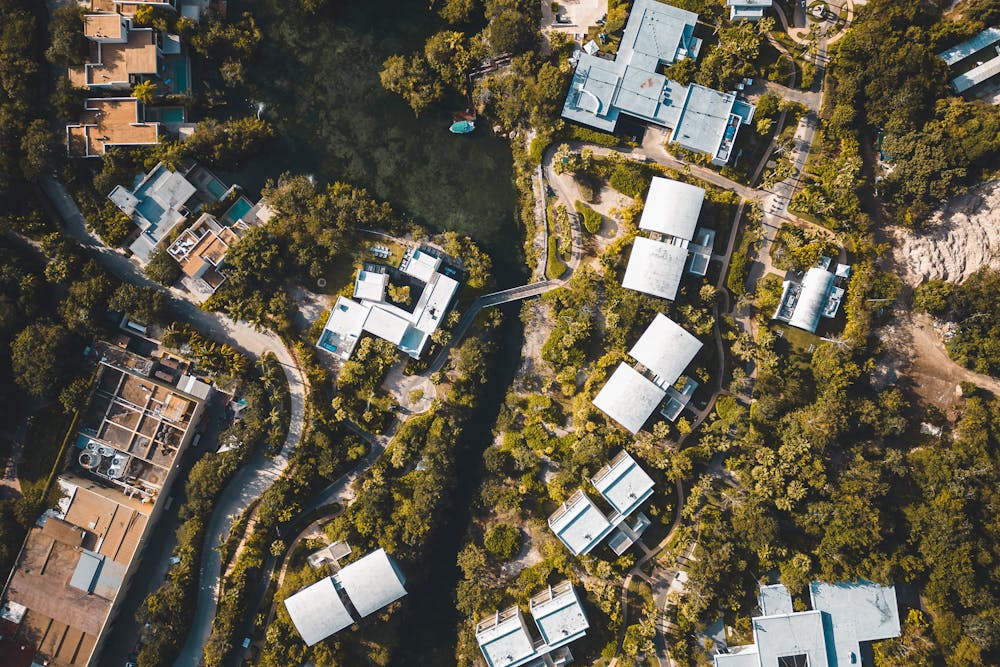Sustainable Development: Leadership Insights in Urban Real Estate Transformation
In the rapidly evolving landscape of urban development, sustainable real estate has emerged as a critical imperative for forward-thinking leaders. As cities continue to expand and environmental challenges intensify, the real estate sector stands at a pivotal crossroads of innovation, responsibility, and strategic transformation.
The Imperative of Sustainable Urban Development
Modern urban leadership demands a holistic approach to real estate development that goes far beyond traditional metrics of profitability and aesthetic appeal. The convergence of climate change, technological advancement, and evolving societal expectations has created a new paradigm where sustainability is no longer an optional strategy but a fundamental requirement for long-term success.

Economic and Environmental Alignment
Sustainable real estate represents a powerful intersection of economic opportunity and environmental stewardship. Leaders who recognize this dynamic are positioned to create value that extends beyond immediate financial returns. The transformation involves reimagining urban spaces as integrated ecosystems that contribute positively to environmental health while delivering exceptional economic performance.
Key Leadership Strategies for Sustainable Real Estate
1. Holistic Value Creation
Sustainable development requires leaders to adopt a multi-dimensional perspective. This means evaluating projects not just through financial lenses, but through comprehensive frameworks that consider environmental impact, social benefit, and long-term resilience. Successful leaders are those who can articulate a vision that demonstrates how sustainable practices create tangible value for stakeholders, investors, and communities.
Innovative approaches include:
- Integrating green building technologies
- Implementing circular economy principles
- Designing buildings that actively contribute to urban ecological systems
- Creating spaces that enhance community well-being and social connectivity
2. Technology and Innovation Integration
Technological innovation is a critical driver of sustainable real estate transformation. Advanced technologies such as artificial intelligence, Internet of Things (IoT) sensors, and predictive analytics are revolutionizing how buildings are designed, constructed, and managed.
Smart building technologies now enable:
- Real-time energy consumption monitoring
- Predictive maintenance systems
- Adaptive climate control mechanisms
- Intelligent waste management solutions
These technologies not only reduce environmental footprint but also significantly enhance operational efficiency and reduce long-term operational costs.
3. Financial Modeling and Investment Perspectives
Progressive leaders understand that sustainable real estate is not a cost center but a strategic investment opportunity. The financial models are evolving to incorporate broader value metrics that capture the long-term economic benefits of sustainable development.
Key financial considerations include:
- Enhanced property valuations
- Reduced operational expenses
- Improved risk management
- Access to green financing mechanisms
- Potential government incentives and tax benefits
4. Regulatory Compliance and Future-Proofing
With increasing global emphasis on environmental regulations, sustainable real estate has become a proactive approach to regulatory compliance. Forward-thinking leaders view sustainability not as a regulatory burden but as a strategic opportunity to future-proof their real estate portfolios.
Emerging regulatory trends demonstrate:
- Stricter building energy efficiency standards
- Carbon emission reporting requirements
- Mandatory sustainable design certifications
- Incentives for renewable energy integration
5. Stakeholder Engagement and Social Responsibility
Sustainable development extends beyond physical infrastructure. It encompasses a broader commitment to social responsibility and community engagement. Leaders must cultivate inclusive approaches that consider the diverse needs of urban populations while creating environments that promote well-being and social cohesion.
This requires:
- Collaborative design processes
- Transparent communication strategies
- Community-centric development models
- Inclusive urban planning approaches
Challenges and Opportunities
While the path to sustainable real estate is complex, it presents unprecedented opportunities for innovative leadership. The challenges include:
- High initial investment costs
- Complex technological integrations
- Navigating evolving regulatory landscapes
- Shifting organizational cultures
However, these challenges are significantly outweighed by the potential for:
- Enhanced brand reputation
- Improved operational efficiency
- Reduced long-term environmental risks
- Creation of future-ready urban spaces
Conclusion: A Call to Transformative Leadership
Sustainable real estate is not a trend but a fundamental reimagining of urban development. Leadership in this domain requires vision, courage, and a commitment to creating value that transcends traditional boundaries.
The leaders who will define the future of urban landscapes are those who can seamlessly integrate environmental consciousness, technological innovation, and strategic economic thinking. They will transform real estate from a mere physical infrastructure into dynamic, responsive ecosystems that contribute positively to our collective future.
The journey towards sustainable urban development is complex, challenging, and immensely promising. It demands a new breed of leadership—one that sees sustainability not as a constraint, but as the most exciting opportunity of our time.





